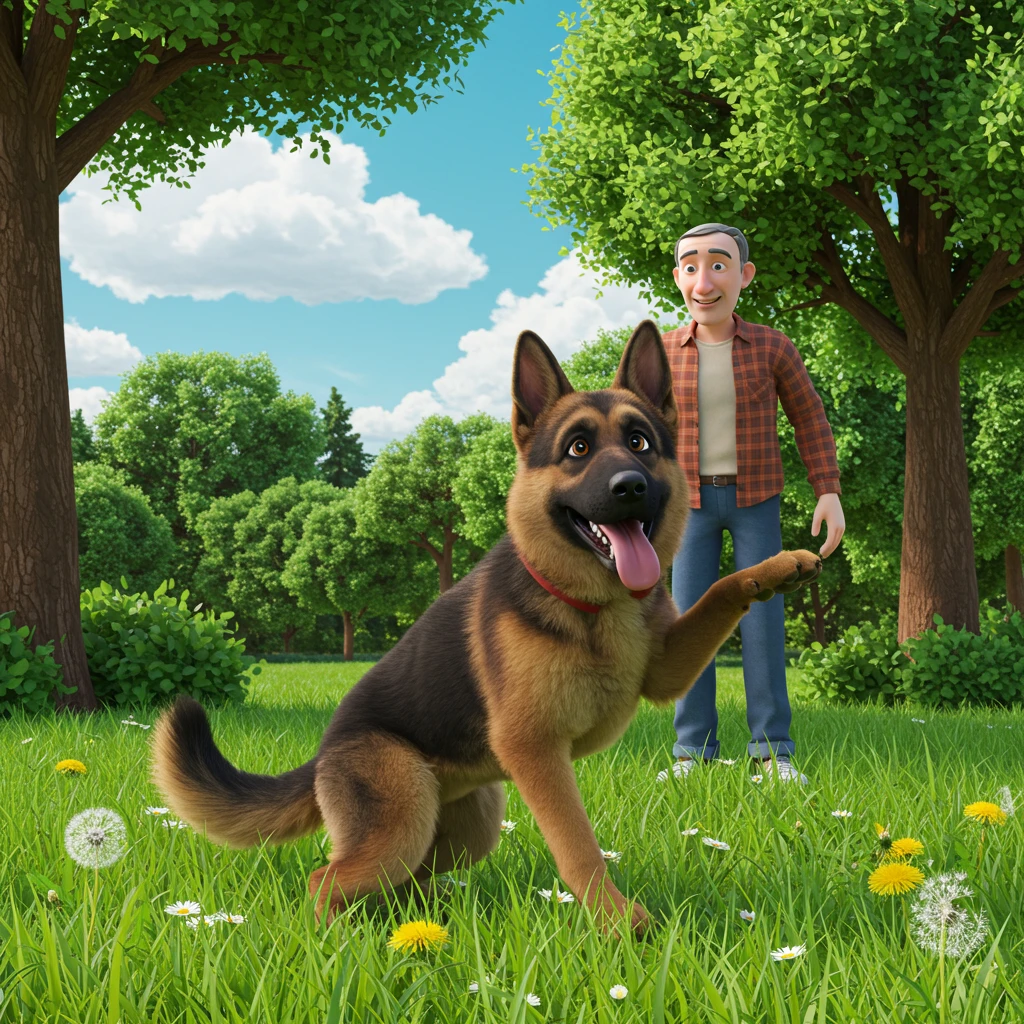A dog’s size is a determining factor in many aspects of its life: its diet, living space, exercise needs, and even its health. Understanding a dog’s size and its implications is essential for any current or future owner. This article aims to deeply explore the different dog size categories, the specific needs associated with each, and practical advice for prospective owners.
Dog Size Categories
Dogs can be classified into three main size categories: small, medium, and large. Each of these categories has its own characteristics and specific needs.
Small Dogs
Small dogs generally weigh less than 10 kg and measure less than 30 cm at the shoulder. These dogs include breeds like the Chihuahua, Yorkshire Terrier, and Toy Poodle.
Specific Needs:
- Diet: Small breeds require nutrient-rich food but in smaller portions.
- Exercise: Although small, these dogs need daily exercise, often in the form of short walks and indoor games.
- Health: They are more susceptible to dental problems and heart disease.
Medium Dogs
Medium-sized dogs weigh between 10 and 25 kg and measure between 30 and 60 cm at the shoulder. Examples include the Beagle, Bulldog, and Cocker Spaniel.
Specific Needs:
- Diet: A balanced diet with high-quality proteins is essential.
- Exercise: These dogs need at least an hour of exercise per day, which can include walks and interactive games.
- Health: They may be prone to joint problems, requiring particular attention to their weight.
Large Dogs
Large dogs weigh more than 25 kg and measure more than 60 cm at the shoulder. Breeds like the Labrador Retriever, German Shepherd, and Saint Bernard fall into this category.
Specific Needs:
- Diet: Large breeds require a specific diet to prevent growth problems.
- Exercise: They need a significant amount of exercise, often more than two hours per day.
- Health: Large breeds are more susceptible to hip dysplasia and other orthopedic issues.
Concrete Examples and Use Cases
1. Choosing a Breed Based on Space
When a potential owner considers adopting a dog, it’s essential to take into account the size of their living space. For example, a family living in a small apartment might opt for a Chihuahua or a Pekingese, which adapt better to smaller spaces. Conversely, a house with a yard would be ideal for a Labrador Retriever, which needs space to run.
2. Adapting Activities
A Cocker Spaniel owner might organize indoor interactive play sessions to satisfy their dog’s exercise needs, while a German Shepherd owner might choose to engage in activities like agility or frisbee in a park.
3. Personalized Feeding
An owner of a small dog like a Yorkshire Terrier will need to pay attention to the kibble size and caloric density of the food, while an owner of a Saint Bernard will need to choose food formulated for large breeds to support its growth.
Key Points and Best Practices
- Space Evaluation: Before adopting, evaluate the available space for the dog and choose a breed that adapts to it.
- Daily Exercise: Regardless of the dog’s size, make sure to dedicate time each day to exercise.
- Balanced Diet: Choose food adapted to your dog’s size and age.
- Regular Vet Visits: Dogs of different sizes may be prone to specific health issues. Regular vet visits can help prevent or treat these problems.
- Training and Socialization: Training and socialization from a young age are crucial, especially for large breeds, to prevent undesirable behaviors.
Conclusion
A dog’s size plays a crucial role in determining its care, exercise, and dietary needs. By understanding these differences, prospective owners can better prepare to welcome a dog into their lives. Whether you choose a small, medium, or large dog, it’s essential to meet their specific needs to ensure their health, happiness, and well-being. An informed decision, based on solid knowledge, is key to establishing a harmonious relationship between the dog and its owner.
Do you have a specific dog size in mind, or are you still exploring which size might best fit your lifestyle?







